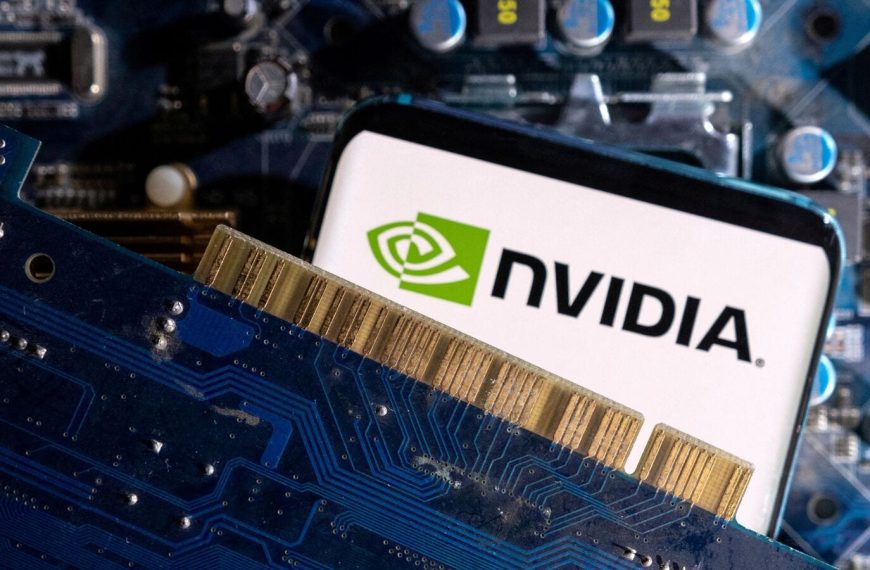In recent discussions, we’ve examined Bitcoin wallets, the digital tools essential for storing this revolutionary asset. While digital wallets for traditional currencies, like those from banks, PayPal, or Paytm, are already familiar to many, understanding Bitcoin’s unique transaction framework is crucial to grasp its true innovation. This deeper understanding allows us to effectively compare Bitcoin with conventional monetary systems and banking methods.
Understanding Traditional Transactions
When you hand over cash or even gold, you engage in a straightforward, peer-to-peer exchange. But what if you’re in Mumbai and the recipient resides in Delhi? Delivering physical currency becomes impractical, costly, and time-consuming. This is where intermediaries like banks and payment services play a vital role, facilitating transactions because of the trust built through regulatory measures and historical reliability.
- Intermediaries in Action:
- Banks, payment gateways, and money transfer services streamline transactions.
- Trusted platforms, such as Amazon or Flipkart, safeguard exchanges of goods, ensuring both parties fulfill their obligations.
Behind the Scenes of Banking Transactions
Let’s break down the process of transferring money between bank accounts. Initially, your bank verifies whether you have enough funds. If confirmed, it debits your account and credits the recipient. This transaction is logged in the bank’s internal ledger—a system designed to maintain security and integrity. This traditional banking model, often referred to as the “accounts model,” is essential for preventing unauthorized transactions.
In India, systems like RTGS (Real-Time Gross Settlement) and IMPS (Immediate Payment Service) facilitate transfers, while the U.S. employs ACH and Fedwire. Even after the ledger updates, banks must ensure that the actual money moves between institutions. If the recipient wishes to withdraw cash, their bank must ensure physical availability, often restricted by ATM limits and liquidity issues.
The Role of Trust in Traditional Finance
Essentially, traditional monetary systems rely on trusted intermediaries, digital ledgers, settlement processes, and physical infrastructure. While efficient, these systems depend heavily on central authority, infrastructure reliability, and institutional credibility.
Historically, ledgers were simplistic handwritten books. In contemporary finance, databases have evolved, allowing for digital record-keeping. When buying an item on Amazon, for instance, the platform manages ownership transfers, processes payments, pays sellers (after fees), and handles deliveries. Maintaining such intricate records incurs significant costs, reinforcing the need for trust in these centralized entities.
The Importance of Network Effects
Network effects—wherein a product’s value increases as more people use it—are pivotal for the success of companies like Facebook, Amazon, and banks. Here’s how different networks operate:
- Direct Networks: Telephone systems exemplify direct physical networks.
- Two-Sided Markets: Amazon embodies a marketplace connecting buyers and sellers.
- Data Networks: Google Maps showcases how data network effects enhance service value.
- Social Networks: Language itself demonstrates a network that enriches communication.
A belief in the value of assets, like gold or Bitcoin, also showcases network effects. Bitcoin operates similarly to gold, thriving on both direct protocol and belief network effects.
Decentralized Systems and Their Advantages
Fiat currencies are reliant on a top-down structure, dictated by governments. In contrast, Bitcoin functions on a decentralized model, resembling the internet’s resilience. The recent geopolitical tensions, notably the Russia-Ukraine conflict, have spotlighted vulnerabilities tied to centralized financial systems. The U.S. sanctions led to a sovereign nation losing access to its funds, underscoring the risks associated with centralized control.
Countries are now exploring alternative transaction networks to mitigate these risks, revealing the urgent need for decentralized solutions that minimize the necessity for trusted intermediaries.
Exploring Blockchain: The Innovative Ledger
Bitcoin employs a decentralized ledger known as the blockchain, which operates without a single controlling entity. This public ledger, where transaction data is distributed across numerous nodes, ensures continuity even if some nodes fail. Each block in the blockchain links to its predecessor, creating a secure and unalterable chain of transaction history.
The defining feature of blockchain technology is its immutability. Unlike traditional databases that can be altered or erased, a public blockchain allows only for the addition of new data, ensuring that past transactions remain intact. This transparency allows anyone to verify transaction histories, a stark contrast to the opaque nature of conventional banking databases.
The Future of Financial Transactions
In summary, while traditional banking systems rely on extensive infrastructure and complex databases, Bitcoin’s blockchain offers a streamlined, cost-effective alternative. This decentralized technology presents a compelling case for reevaluating trust in financial systems, especially in an era where political motives can influence access to funds.
As we move forward, the discussion will delve deeper into who maintains this decentralized database and how transactions are validated.
For further insights into Bitcoin wallets and the transformative potential of blockchain technology, stay tuned for our upcoming articles.











